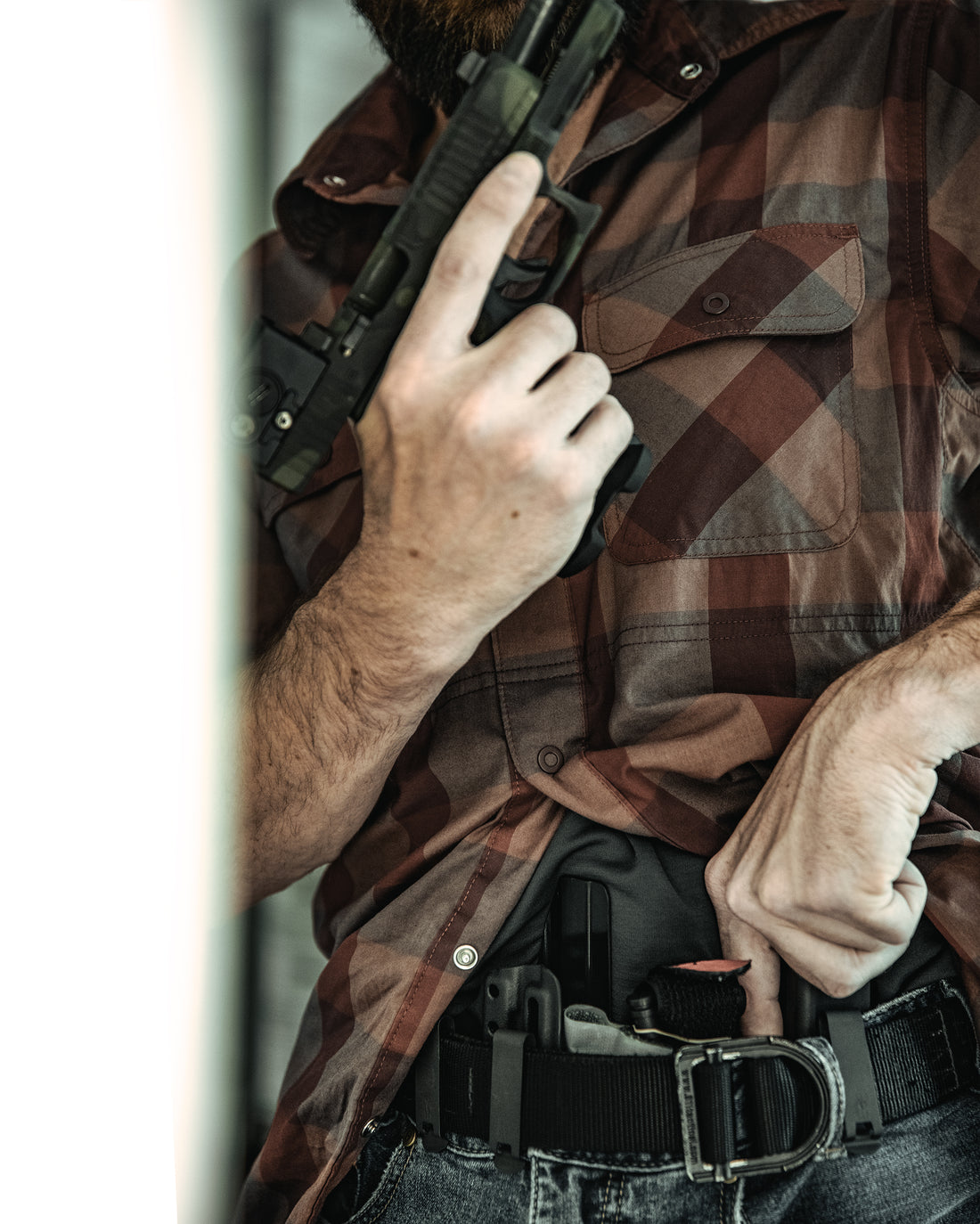Concealed carry, the practice of legally carrying a concealed firearm for self-defense, has become increasingly popular among law-abiding citizens. It empowers individuals to take an active role in their personal safety. However, responsible concealed carry goes beyond simply carrying a firearm. It requires a comprehensive understanding of the key aspects and thoughtful application to ensure safety, legality, and effective self-defense. In this blog post, we will delve into the various aspects and applications of concealed carry.
1. Legal Considerations:
Before embarking on concealed carry, it is crucial to thoroughly understand the laws and regulations regarding firearm possession and concealed carry in your jurisdiction. Familiarize yourself with local, state, and federal laws, including restrictions on carry locations, reciprocity agreements, and the use of force. Compliance with legal requirements ensures that you exercise your right to carry responsibly and within the boundaries of the law.
2. Training and Proficiency:
Carrying a concealed firearm demands more than just owning a gun. It requires proper training and ongoing practice to develop the skills necessary for effective self-defense. Seek out professional firearms training courses that focus on concealed carry techniques, situational awareness, marksmanship, and understanding the legal aspects of self-defense. Regular practice at the range helps maintain proficiency and ensures confidence in your abilities.
3. Firearm Selection:
Choosing the right firearm for concealed carry is a critical decision. Factors such as size, weight, caliber, capacity, and reliability should be considered. Find a balance between a firearm that is compact and comfortable for everyday carry, while still being effective in a self-defense situation. Remember, personal preference, fit, and ease of use are essential considerations when selecting a concealed carry firearm.
4. Holster Selection and Carry Methods:
The holster you choose is just as important as the firearm itself. A well-designed and properly fitted holster ensures secure retention, quick access, and comfortable carry. There are various holster options available, including inside-the-waistband (IWB), outside-the-waistband (OWB), appendix carry, shoulder holsters, and ankle holsters. Experiment with different carry methods to find the one that works best for your body type, clothing style, and personal preferences.
5. Concealment and Clothing Considerations:
Effective concealed carry relies on maintaining concealment without drawing unnecessary attention. Dressing appropriately is crucial. Consider clothing that accommodates your firearm and holster, ensuring they remain concealed but readily accessible. Garments like loose-fitting shirts, jackets, or vests can aid in concealing your firearm effectively.
6. Situational Awareness:
Concealed carry isn't just about carrying a firearm—it's about developing a heightened sense of situational awareness. Paying attention to your surroundings, avoiding potentially dangerous areas, and recognizing potential threats before they escalate are key elements of personal safety. Stay alert, trust your instincts, and be prepared to take appropriate action to avoid or respond to potential threats.
7. Responsible Mindset and Ethical Considerations:
Carrying a concealed firearm comes with great responsibility. Develop a responsible mindset that prioritizes safety, adherence to the law, and ethical considerations. Understand the gravity of employing deadly force and the legal and moral implications that accompany it. Seek to de-escalate situations when possible, and remember that the goal is always to protect yourself and others from harm.
Concealed carry is a personal choice that empowers individuals to take charge of their own safety. By understanding the legal landscape, obtaining proper training, selecting the right firearm and holster, practicing situational awareness, and adopting a responsible mindset, you can effectively carry concealed while minimizing risks and enhancing personal safety. Responsible concealed carry is a commitment to self-defense, continuous learning, and the protection of yourself and those around you.

